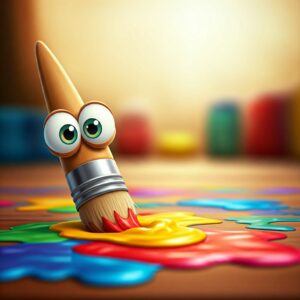As digital learning evolves, augmented reality (AR) is becoming an exciting tool for early childhood education. When used thoughtfully, AR can transform abstract concepts into tangible, engaging experiences, fostering both curiosity and understanding in young learners.
Recent studies highlight AR’s potential to enhance spatial awareness and literacy skills. For instance, interactive AR storybooks allow children to see characters and settings pop off the page, providing a multi-sensory reading experience. This is particularly effective for visual learners who benefit from seeing words and images come alive simultaneously.
In my consultancy work, I’ve found that AR apps are most effective when they complement — not replace — traditional methods. For example, pairing a physical alphabet puzzle with an AR overlay helps children connect letters to sounds and objects in a memorable way. This multimodal approach supports deeper learning and retention.
However, it’s crucial to choose platforms that prioritise child safety and developmental appropriateness. Look for apps that offer guided interactions rather than fast-paced, overstimulating content. Platforms like QuiverVision and Wonderscope are excellent starting points, as they combine storytelling with interactive exploration.
For parents and educators new to AR, start small. Use AR experiences to supplement familiar activities — such as exploring virtual animals while reading about habitats. This reinforces learning while keeping the experience grounded.
As we integrate new technologies, our goal remains clear: to create meaningful, enriching educational moments. When used with intention, AR opens doors to discovery that inspire children well beyond the screen.


